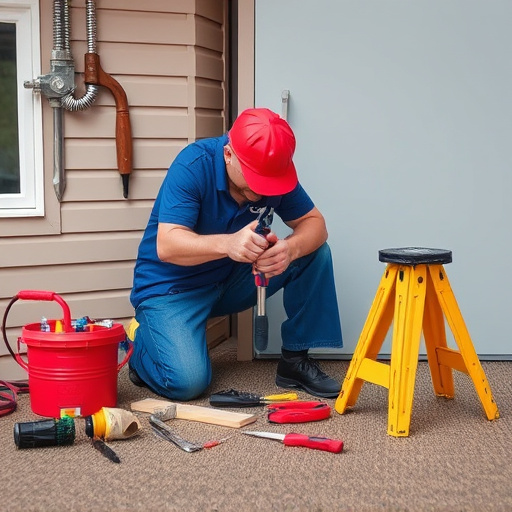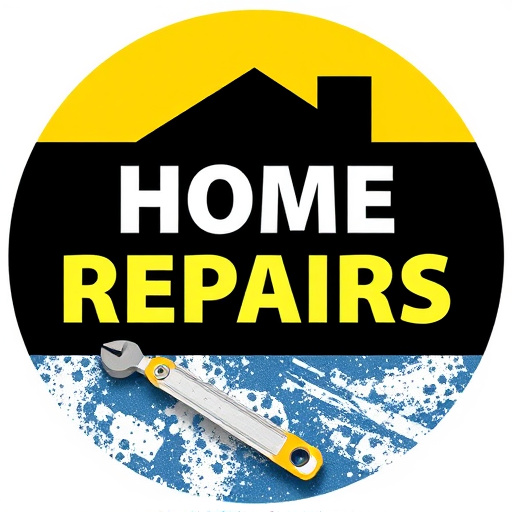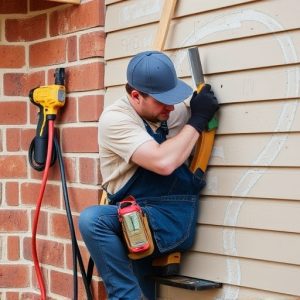Efficient water flow through modern plumbing, reliant on components like pipes, valves, and fixtures, is optimized by regular home repair and maintenance for improved pressure, reduced wastage, and minimized repairs. Strategies include flushing valves, cleaning pipes, and replacing old fixtures with eco-friendly low-flow models, empowering homeowners to maintain their systems themselves using online DIY instructions. This approach not only saves costs but also aligns with global sustainable living goals by reducing water and energy usage, driving demand for modern plumbing features in home repair and maintenance.
Looking to optimize your home’s water flow and efficiency? This comprehensive guide delves into essential aspects of plumbing repairs and installations. From understanding the fundamentals of efficient water flow to tackling common issues with a practical how-to guide, you’ll gain valuable insights for DIY projects or inspiring professional upgrades. Additionally, explore modern plumbing solutions tailored for sustainable homes, ensuring both functionality and environmental responsibility in your home repair and maintenance routine.
- Understanding the Basics of Efficient Water Flow
- Common Plumbing Repairs and How-To Guide
- Modern Plumbing Installations for Sustainable Homes
Understanding the Basics of Efficient Water Flow

Efficient water flow is a fundamental aspect of modern plumbing, designed to enhance both performance and conservation. Understanding the basics involves grasping key components like pipes, valves, and fixtures, which work in harmony to ensure smooth movement of water throughout a home or building. By optimizing these elements, homeowners can achieve significant improvements in water pressure, reducing wastage and minimizing repair needs, thereby contributing to effective home repair and maintenance.
Plumbers employ various techniques to analyze and address issues that disrupt efficient flow. This includes checking for leaks, assessing mineral buildup in pipes, and ensuring proper drainage systems. Regular maintenance, such as flushing valves and cleaning pipes, is crucial to preventing clogs and keeping water moving efficiently. In the realm of installations, choosing the right fixtures and updating old plumbing can significantly impact a home’s water usage and overall comfort, making it an essential part of any comprehensive home repair and maintenance strategy.
Common Plumbing Repairs and How-To Guide

Many home owners face common plumbing repairs and installations at some point, but with a bit of knowledge and understanding, tackling these issues can be simpler than expected. One of the most frequent problems is clogged drains, which can be unclogged using a combination of natural remedies or store-bought drain cleaners. These methods involve using baking soda and vinegar to create a fizzing reaction that dislodges blockages, or applying commercial products designed to break down grease and hair buildup.
A more involved repair involves replacing worn out or damaged pipes. This often requires locating the affected area, cutting out the damaged section, and fitting new piping with the help of plumbing tools and fittings. For installations, such as adding a new faucet or showerhead, a simple how-to guide can be found online, outlining step-by-step instructions on disassembly, measurement, and reassembly. Home repair and maintenance tasks like these not only save costs but also empower homeowners to take control of their plumbing systems, ensuring efficient water flow for daily routines.
Modern Plumbing Installations for Sustainable Homes

In today’s sustainable living push, modern plumbing installations play a crucial role in efficient water management within homes. These innovations extend beyond traditional repairs and installations to incorporate eco-friendly solutions that reduce water wastage, a key aspect of home repair and maintenance. For instance, low-flow fixtures like showerheads and faucets not only conserve water but also contribute to significant energy savings over time. Additionally, smart plumbing systems equipped with advanced sensors can detect leaks or unusual water usage patterns, enabling prompt action to prevent wastage.
When it comes to new home construction or renovations, incorporating these modern plumbing features is becoming the norm rather than the exception. Efficient water flow is no longer just about cost savings; it’s also about mitigating environmental impact and ensuring a more sustainable future. Homeowners increasingly recognize this, driving demand for such innovative solutions in their repair and maintenance routines.
In today’s world, efficient water flow is not just a luxury but an essential aspect of home repair and maintenance. By understanding the basics, tackling common plumbing repairs with a simple how-to guide, and embracing modern installations for sustainable homes, homeowners can significantly reduce water wastage and save on utility bills. These steps contribute to a greener future while ensuring your plumbing system operates smoothly and effectively.
